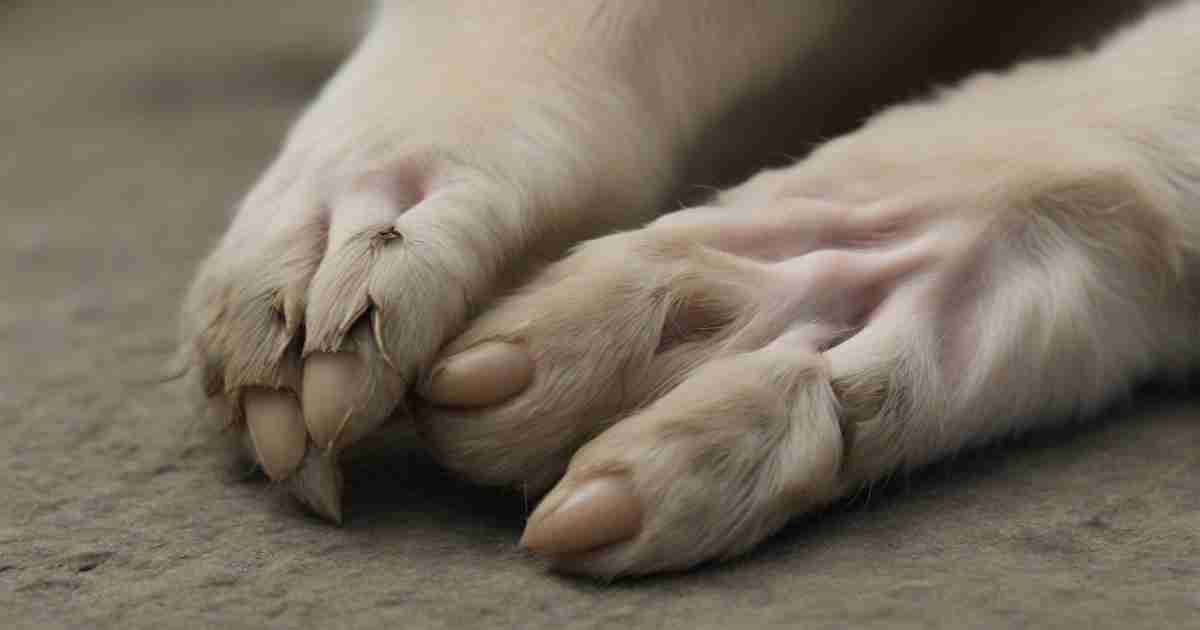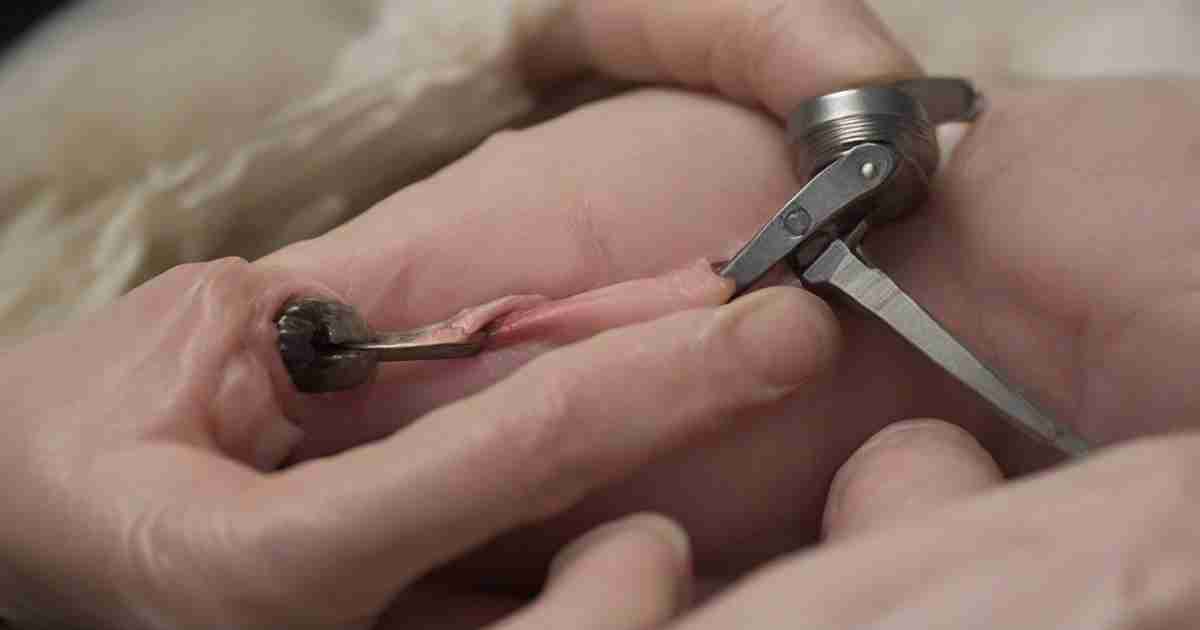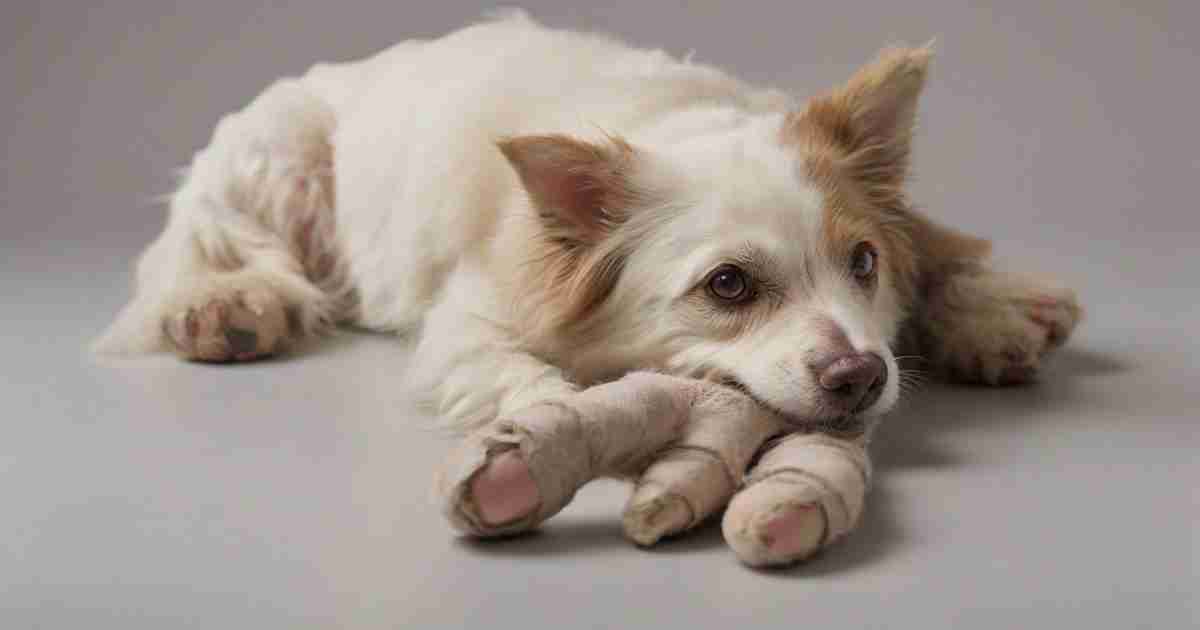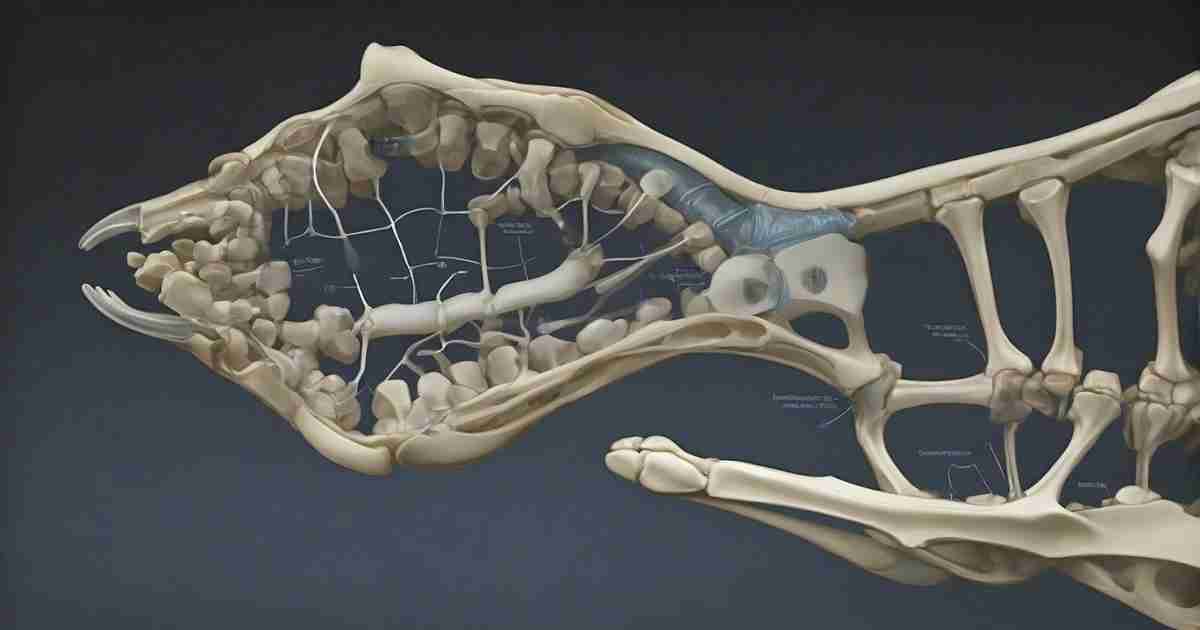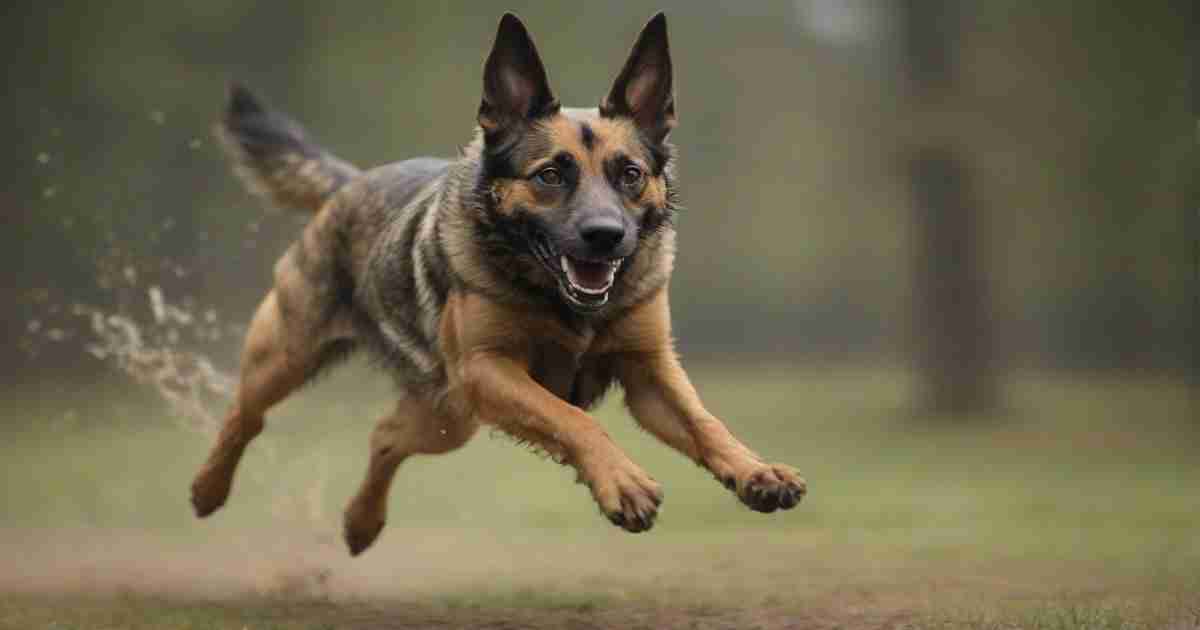Dewclaws are vestigial digits located on a dog’s front or hind legs. They don’t touch the ground when walking and are attached by bone or loosely hanging skin.
Some dogs have dewclaws, while others have had them removed when they were very young. Dog dewclaw removal is often recommended for dogs if the digits become damaged or infected or for medical, cosmetic, or showing needs.
There are several valid reasons owners choose to have their dogs’ dewclaws removed:
Prevent Injury
Protruding dewclaws can easily catch on objects or terrain and tear. Because they barely attach to the leg, they tear more easily when snagged.
Removing them eliminates the possibility of this painful injury reoccurring. Torn dewclaws can be painful and place the dog at risk of infection. The dewclaw can also grow back improperly following an injury, leading to chronic issues.
Eliminate Pain from Damaged Dewclaws
Once a dog dewclaw injury occurs, the digit can struggle to heal properly again due to poor blood circulation. The unstable nature of the floppy digit makes it prone to re-injury.
Preventing repeated injuries in the same spot involves surgically removing damaged dewclaws. This also reduces the risk of arthritis or joint issues developing long-term.
Improve Dog’s Mobility and Function
Very loosely hanging dewclaws can hamper efficient movement and stride length. Some working or sporting dogs seem encumbered by excess floppy digits.
Removing problematic dewclaws allows dogs to move more freely without the impediment. It also frees up their grip and traction when running or changing direction.
While an extremely common surgery, dewclaw removal isn’t without risk and isn’t ideal for every dog:
Surgery Risks
As with any surgical procedure requiring anesthesia, risks include negative reactions, excessive bleeding, and post-op infections.
Proper monitoring helps quickly detect adverse anesthesia reactions during the procedure. Using cauterization and secure bandaging helps minimize bleeding or opening the incision afterward.
Nerve Damage
Removing dewclaw digits risks accidentally damaging small nerve connections to the feet. This could cause long-term neuromas or numb scar tissue that may bother dogs long after recovery. Going very slowly and carefully during the digit removal reduces nerve trauma.
Long-Term Pain
While not typical, some dogs develop phantom limb-style pains post-removal. Other times, excess scar tissue buildup causes chronic irritation.
Ensuring proper post-op pain control medications helps keep dogs comfortable. Check-ups help diagnose nerve issues.
The decision to pursue dewclaw removal should never be taken lightly. There needs to be a compelling medical reason or purpose behind the procedure, as complications can occur.
However, most dogs recover well using proper surgical techniques and diligent aftercare.
Ideal Age for Removal
Doing dewclaw removal at the right age sets the dog up for an easier procedure and faster healing:
As Young Puppy
The breeder usually does this procedure when puppies are just 3-5 days old. Recovery is very quick when performed on newborn puppies before dewclaws attach firmly. Rapid bone regrowth occurs at this young age.
At Spay/Neuter Surgery
Removing dewclaws, especially if damaged while spaying/neutering, is convenient and practical. This allows one anesthesia event instead of two separate surgeries. Combining procedures is a lower risk overall.
Before Dewclaws Fully Form
By 12-14 weeks of age, the dewclaws’ connections to bone and nerves complete their formation. It’s a far less complicated surgery if done before full attachment develops. There is less trauma to surrounding tissue as well.
Dog Dewclaw Removal Procedure Explained
Performed by Vet Under Anesthesia
General anesthesia keeps the dog fully comfortable and immobile during the procedure. Attempting this while awake would be extremely painful and difficult due to leg retraction by the dog.
Removal Method
The vet uses a scalpel, scissors, and sometimes cauterization tools to carefully detach the entire dewclaw digit from the leg. Occasionally, bone or cartilage is involved, which requires precision cutting and healing.
Pain Management Protocol
Anesthesia prevents pain during the surgery itself. Additional medications to control discomfort are sent home afterward. These include NSAIDs and opioids to keep dogs resting calmly.
Aftercare/Recovery Specifics
Strict activity restriction is required 10-14 days post-surgery to allow incisions to seal and tissue to mend internally. Dogs should remain leashed when outside.
An e-collar prevents licking, which could open wounds and cause infection. Follow all vet guidelines closely, including medicating at the right times daily through recovery. Attend all prescribed recheck appointments so the vet can monitor healing.
Surgery Cost Breakdown
Here is an overview of the typical costs involved in dog dewclaw removal:
Itemized Estimate Overview
Surgical orthopedic procedure fees apply, usually between $100-$300, depending on location and complications. This covers the operation itself, plus anesthesia, equipment and exam time.
Medications are an additional cost on top of the procedure estimate noted above. These encompass anesthesia drugs given during surgery as well as take-home pain medications, antibiotics and anti-inflammatories, which generally total $50-150.
An e-collar is needed for 10-20 days to prevent wound licking post-op. These range $15-30 on average.
Location Variances in Pricing
Urban veterinary clinics frequently charge higher rates than rural counterparts due to higher real estate overhead costs. Comparing multiple vets’ estimates locally and between metro and countryside hospitals is wise.
Factors that Increase/Decrease Costs
Age and health status influence surgical difficulty and anesthesia needs, which affects pricing. Removing elderly dogs or those with complex nerve involvement may cost substantially more overall. Location and clinical variations also impact the final invoice.
In conclusion, owners wanting dog dewclaw removal should learn about the associated benefits and risks to determine if it is appropriate for their pets.
When performed skillfully by a qualified veterinarian using proper aftercare, most dogs experience positive outcomes from this commonly done surgery.
Conclusion
In conclusion, dog dewclaw removal is a common surgery to prevent injury, improve comfort, and enhance mobility in affected dogs.
While risks exist, the majority of dogs recover well when standard surgical and recovery protocols are followed as directed by the veterinarian.
It remains a practical option for removing damaged dewclaws or proactively safeguarding athletic canines from harm.
FAQs
Q: Is dewclaw removal painful for dogs?
A: It is not painful during the surgery since it is done under general anesthesia. Meds control discomfort during recovery.
Q: Can dewclaws grow back after removal?
A: It is very rare for dewclaws to grow back once fully removed down to the bone or joint tissue.
Q: How long does it take a dog’s dewclaw to heal?
A: Healing typically takes 10-14 days with restricted activity before resuming normal activity.
Q: Do dewclaws have a function?
A: For most dogs today, dewclaws don’t serve much biomechanical function anymore, but they did ancestrally.
Q: Is it cheaper to remove dewclaws when spayed/neutered?
A: Combining the procedures during one anesthesia event saves costs over two surgeries.

